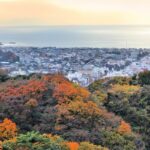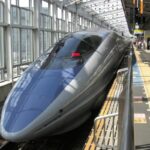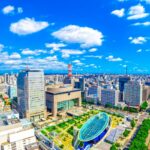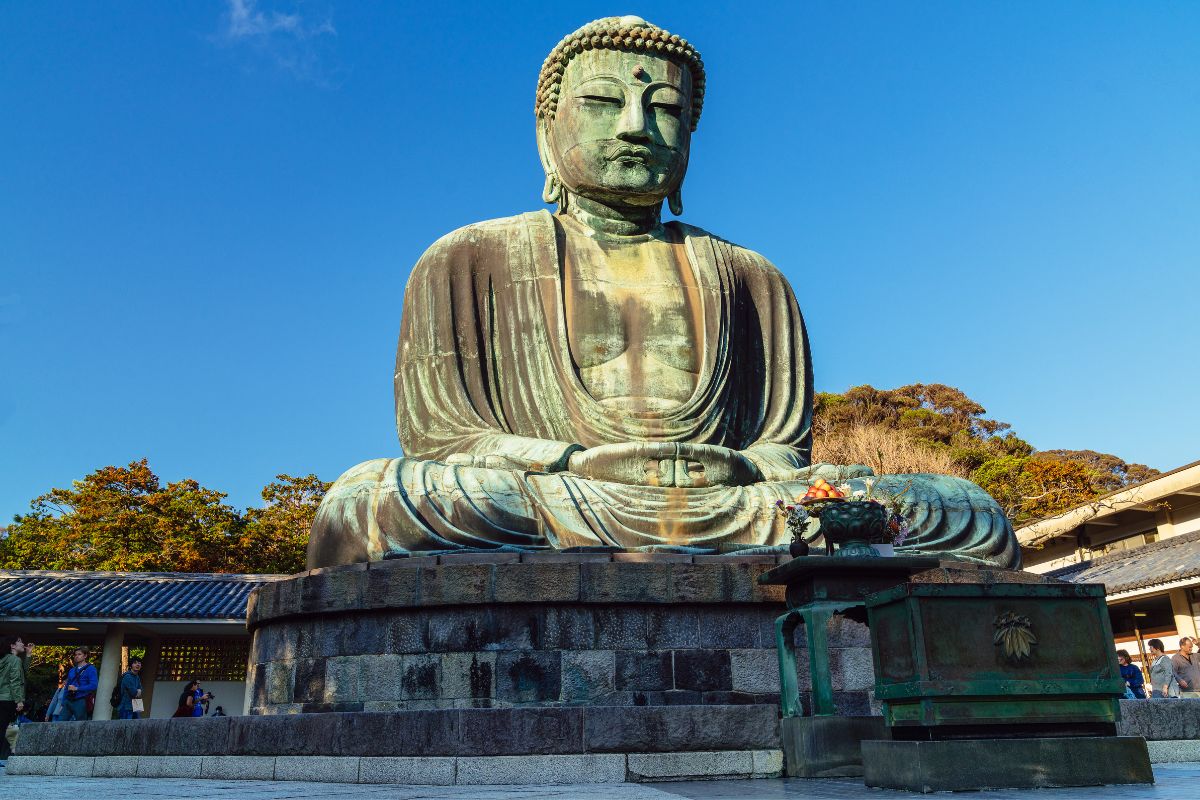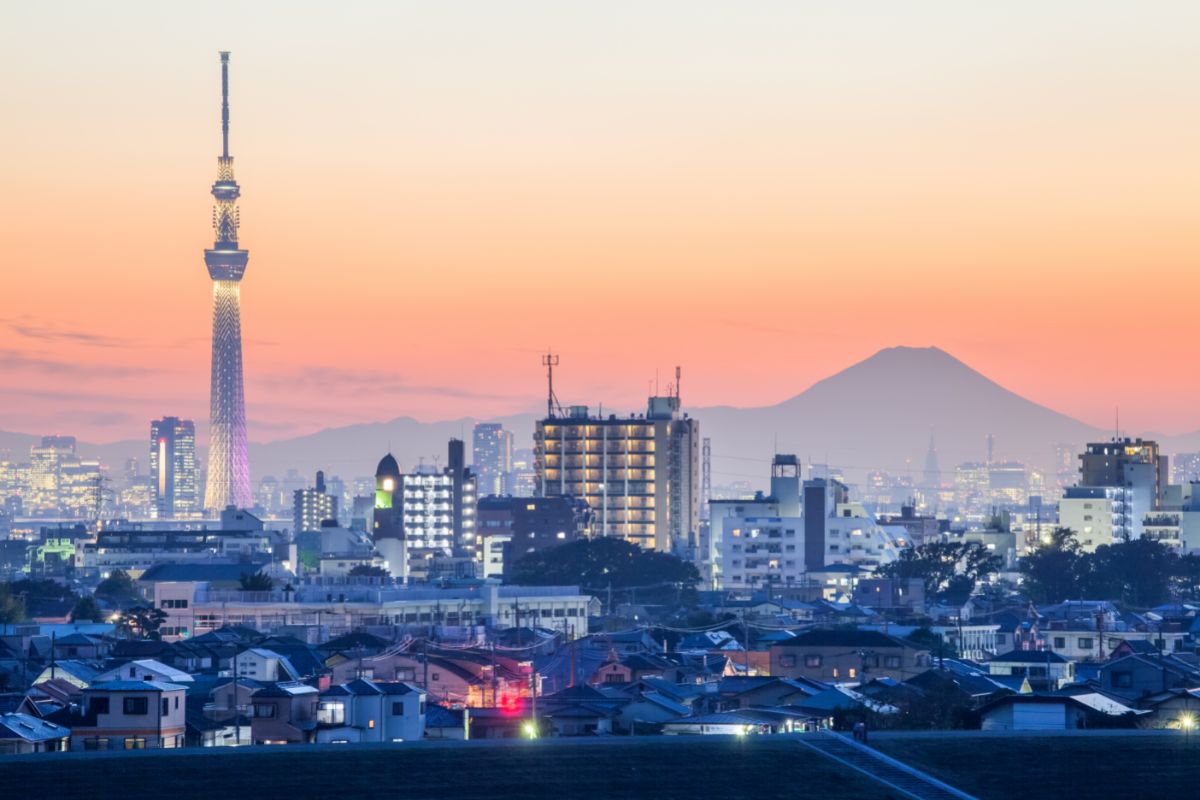In the late 12th century, Kamakura gained the title of capital in Japan despite being a relatively small and sleepy fishing village.
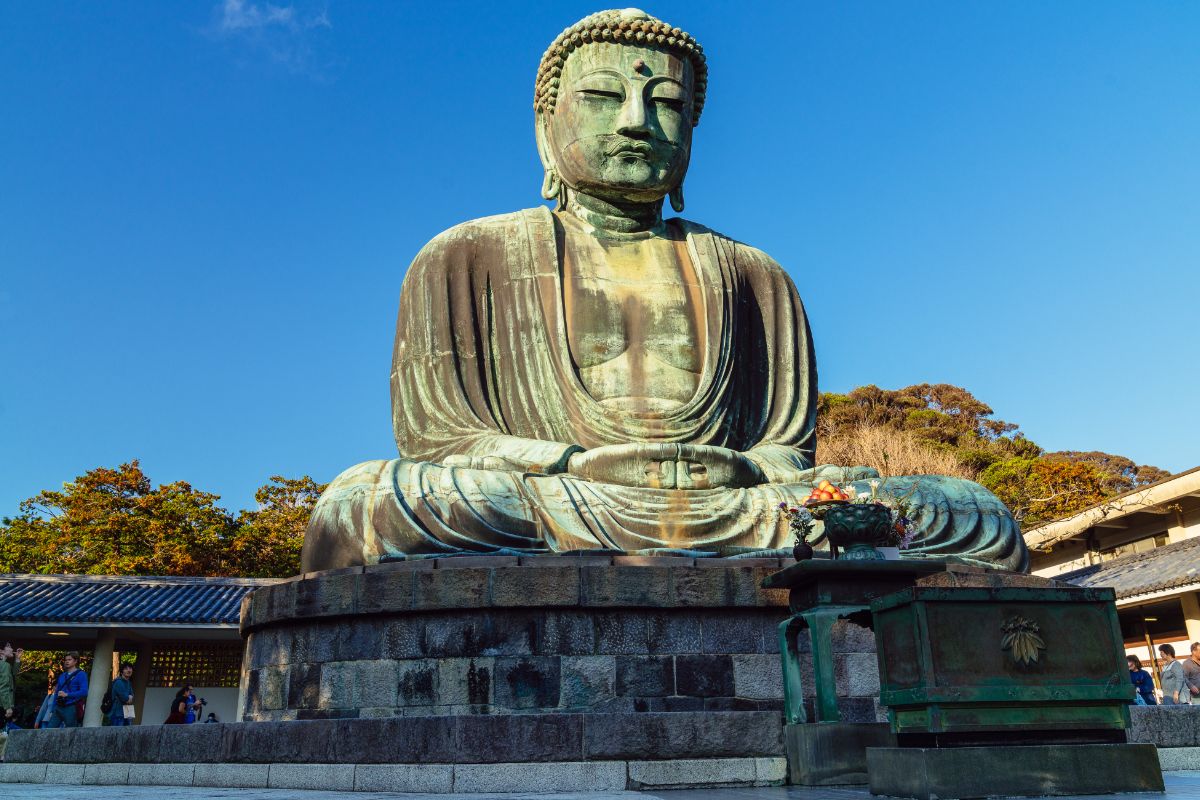
Kamakura was the seat of the nation’s very first shogunal government and essentially became the political center for Eastern Japan. The town is still worth a visit from the current capital city of Japan and is only an hour away on a brisk train.
This is the ideal destination if you want to relax and get away from the huge metropolis.
In this guide, we will look at how a small fishing village became The Old Capital, how you can take a trip back in time, and why you should visit Kamakura (see also ‘Kamakura – The Charming Coastal Town In Tokyo’s Outskirts‘).
How A Small Fishing Village Became The Old Capital
Japan has had many capitals before Tokyo, though a lot of people simply consider Kyoto as the nation’s old capital.
However, during the Kamakura period between 1185 and 1333 AD, the small fishing village was one of Japan’s most important power centers.
How that came to be was due to the shoguns, essentially feudal lords who became Japan’s de facto rulers due to their military prowess.
Kamakura (see also ‘Kamakura Definition And Meaning (Not Just A Name)‘) became Japan’s capital around 1180 AD which was largely down to Minamoto no Yoritomo. He became the founder of the Kamakura shogunate (see also our article on the fall of the Kamakura Shogunate) and its first shogun after declaring himself the heir to the Minamoto clan.
He then led the clan to fight against the Taira clan, an act that led to the Genpei War in 1180. Five years later, the Minamoto clan prevailed in the Battle of Dan-no-ura.
During the war, Yoritomo had given himself time to develop his own administration. He decided to build around his military headquarters which were then in Kamakura.
For three years during the war, a de facto truce had been established with the mainly Taira court.
As the war ended, Yoritomo then began the supremacy of the samurai castle for warriors and established the first shogunate at the town of his military headquarters in Kamakura.
In late 1185, Yoritomo was granted the authority to collect a commissariat tax and to appoint constables and stewards.
Essentially, the Throne gave the leader of the military class jurisdiction for land tenure and the income that came from agriculture.
In 1192, Yoritomo was commissioned as Sei-i Tai Shōgun and with Kamakura housing the first shogunate and Kyoto relegated to merely the center for national ritual and ceremony.
The feudal age had begun in Japan which would last until the middle of the 19th century.
Take A Trip Back In Time
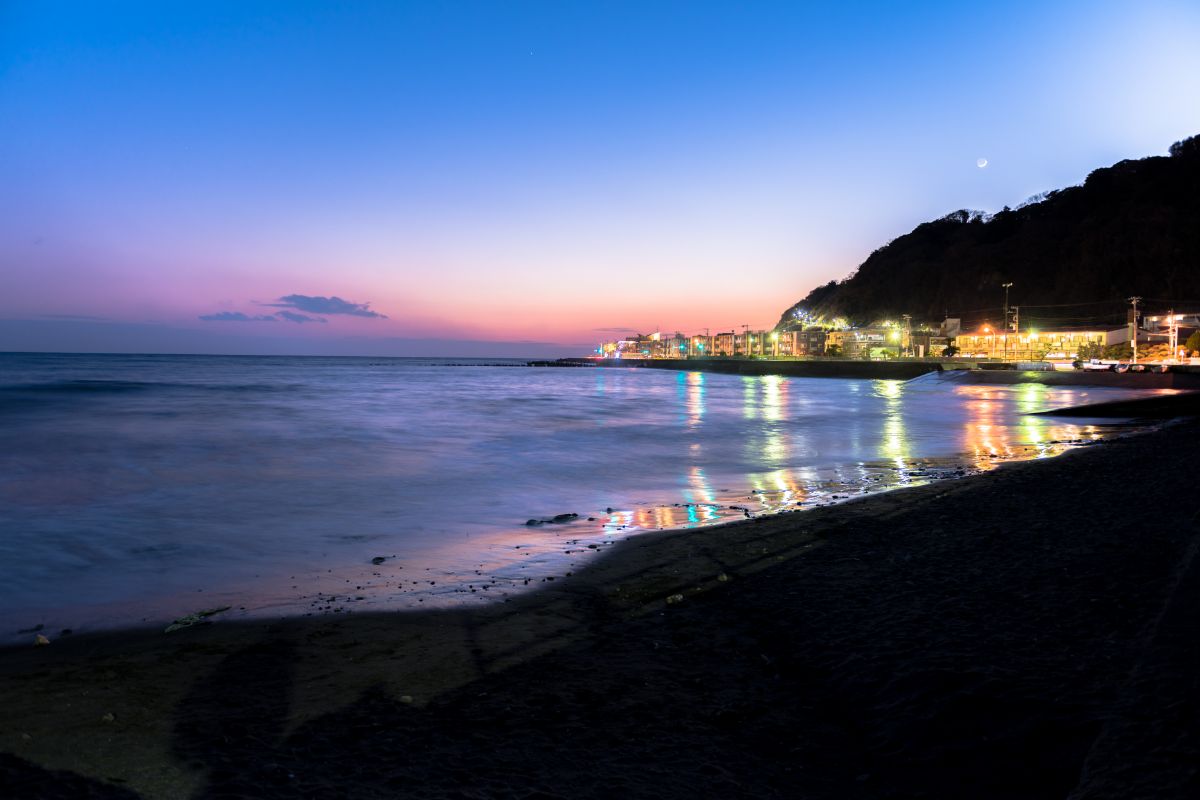
If you have a day or two spare while visiting Tokyo, you could take a trip back in time by visiting Kamakura which is only 50km away.
The town was once the ancient capital of Japan and is just a short train ride from the metropolis on the Shonan-Shinjuku Line from Shinjuku station, though you can take the Yokosuka Line from Tokyo Station.
Simply head south out of the city on a train and you will reach Yokohama (see also ‘What Advantages Does Yokohama Have Over Tokyo?‘) within a few minutes. Go even further south, and you will arrive at Kamakura and the town can be a great destination to spend some time in.
Why You Should Visit Kamakura
With a couple of spare days or maybe just a day, Kamakura can feel far removed from the unrelenting city of Tokyo. You can enjoy a view of the ocean, Buddhist temples, historic shrines, bamboo groves, and many bronze statues.
The town can be likened to Kyoto as another former capital of Japan and is far easier to get to from Tokyo.
Kamakura remains surrounded by the sea and framed by mountains while still housing several temples that date back a millennium.
Of note, Kamakura hosts the ‘The Five Great Zen Temples’ which includes Kencho-ji which was built while Kamakura ruled.
The Tsurugaoka Hachimangu is also worth visiting as it was built by Minamoto no Yoritomo in 1063 and is where his sons were assassinated in an attempt at a coup. Their deaths brought the family line of that first shogun to a bloody climax.
Spring may be the best season to visit as the town has a week-long celebration of its history between the second and third Sunday in April.
Then on the 5th of May, the Kusajishi shrine hosts samurai archers who shoot deer (made from straw) and then recite traditional poetry.
For the rest of the year, the ‘Kyoto of the Kanto region’ is host to picturesque Japanese gardens, antique sights, and bamboo groves. There are local craft shops to enjoy, delicious seafood to eat and you can even see Mt. Fuji on a clear day.
Given a full day, you can begin at Kita-Kamakura Station and then head down towards the shore. From there you can take in the majesty of Meigetsuin Temple which is best viewed in June as many hydrangea flowers bloom.
For a change of scenery, visit Komachi Pedestrian Street which is the closest the town feels to the bustling metropolis of Tokyo and you can pick up some local treats such as honey, sweets, or pickles as souvenirs to take home.
Kamakura does tend to get busy during the summer and especially at weekends due to how favored it is by the locals for a getaway.
Final Thoughts
It may seem strange to think that the sleepy fishing village of Kamakura was once the capital of Japan though this was hundreds of years ago.
This was largely down to Minamoto no Yoritomo who was the founder of the Kamakura shogunate and was triumphant in the Genpei War then decided to build the capital around his military headquarters.
The town is still worth visiting for the zen temples, well-presented gardens, and the Great Buddha of Kamakura which is the third-largest bronze statue of the Amida Buddha in Japan.
You could even head to Enoshima island for a few more temples, or to climb in some caves.
Frequently Asked Questions
Which City Was Japan’s First Capital?
The city of Osaka was considered to be the capital of Japan sometime around the 4th or 5th century, though it was then called Naniwa.
It can lay claim to being Japan’s first capital city when it was officially called that around the 7th century and was largely due to its strategic position as a major port city.
As Naniwa was the most popular port city of its time, this was the premier spot for new cultures, ideas, and politics to arrive in Japan.
The city was also considered ‘the merchant’s capital’ as the port city was where the merchants had the most political power.
What Was The Capital City Of Japan Before Tokyo?
The city of Tokyo was previously called Edo and became the political and cultural center of Japan following the establishment of the Tokugawa Shogunate in 1603.
However, as Tokyo grew to housing a population of over one million people by the middle of the 18th century, the Emperor still resided in Kyoto, hence it was maintained as the formal capital of Japan.
In 1868, the Meiji Restoration ended The Edo Period, and with it went the Tokugawa Shogunate to be replaced by the restoration of imperial rule.
The Emperor then moved to Edo which had been renamed Tokyo and was now the capital of Japan.
- 16 Best Websites To Watch Japanese Movies With English Subtitles - May 11, 2023
- Is ZIPAIR The Best Airline For Traveling To Japan? - May 11, 2023
- Ryu Murakami Vs Haruki Murakami – Which One Should You Read? - May 11, 2023

